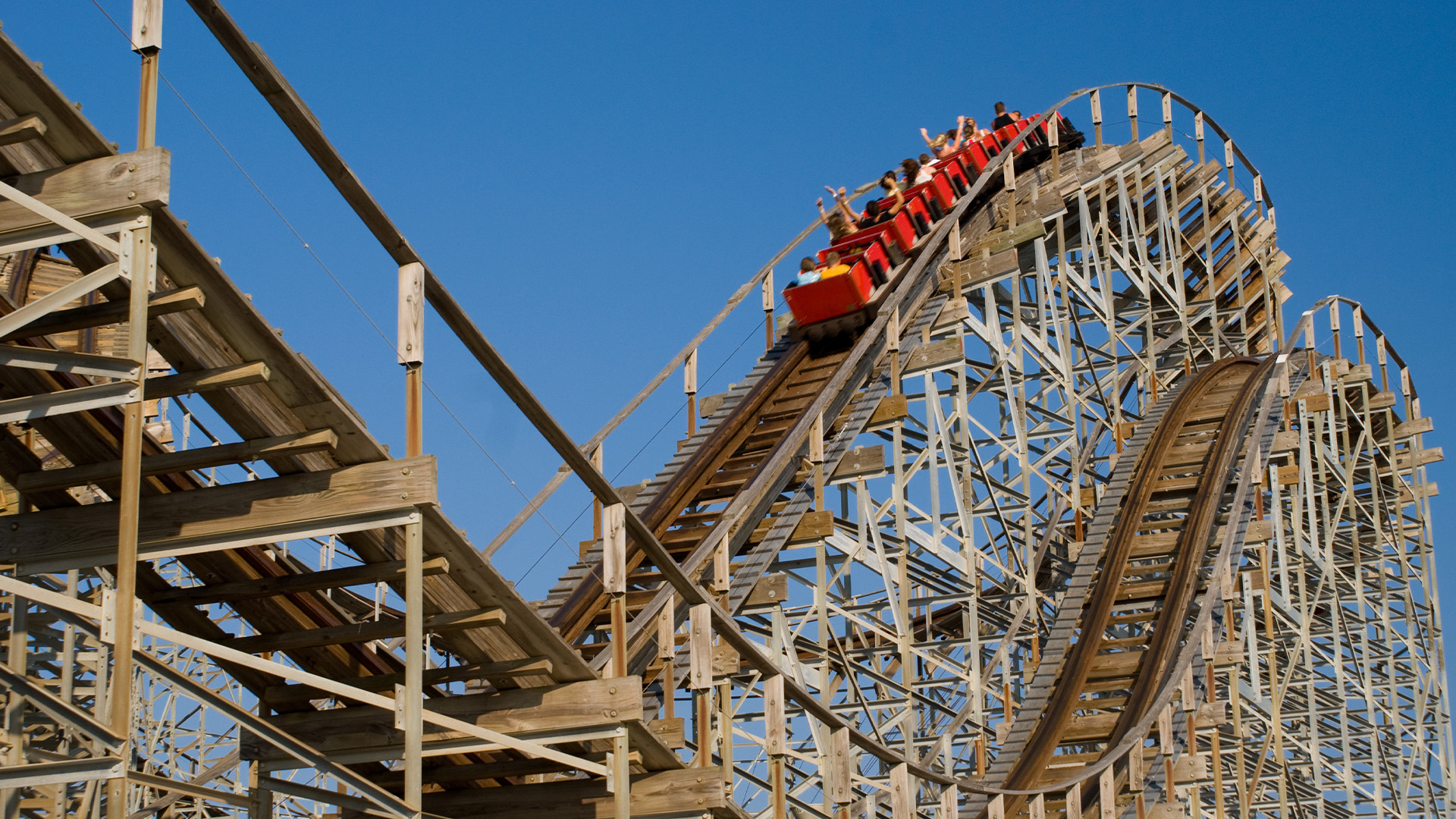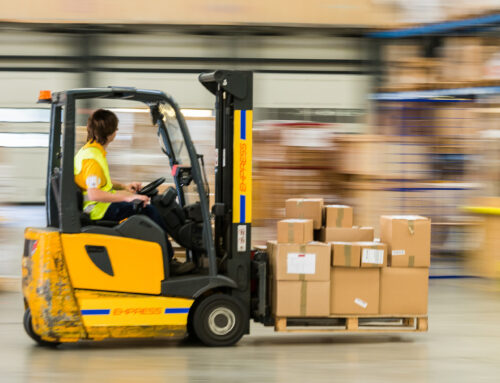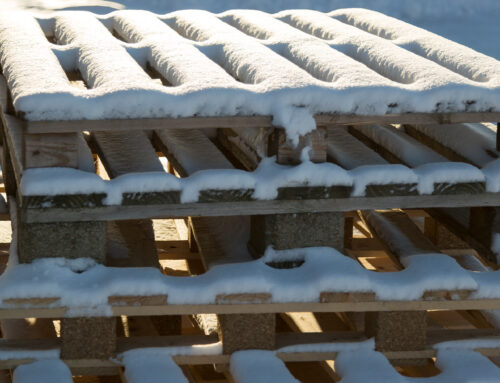Throughout history, we have seen the price of lumber fluctuate from high to low and then back again. Sometimes showing up as dramatic shifts that leave people wondering if they are on a wooden rollercoaster. Lumber is a renewable resource that has been a constant in our society for hundreds of years. So, what makes the price of lumber swing so drastically? In this article we are going to find out by looking at the reasons why prices change and what determines those prices to begin with.
What is a Commodity?
As you know lumber is a commodity, but what is a commodity in general? How does that affect the price of lumber?
A commodity is a raw material or good that can be produced into other products. Some examples of commodities are corn, coffee, cattle, oil, and precious metals. Lumber has been traded and made into other products for much of human’s time on Earth. Starting with a wooden bow and arrow that was made during the cavemen era. Wood has been an integral part of where we are today, and we still rely heavily on lumber.
There are two types of commodities that are traded, hard and soft commodities. Hard commodities are resources that are mined or extracted from the Earth, such as oil, metals, or natural gas. Soft commodities are the resources produced through any avenue of the agricultural industry; this is where lumber is. The price of lumber and its fluctuations are directly related to what kind of commodity it is. Hard commodities have a more stable, fixed price in the market because they can hold a value over a long period of time.
Soft commodities do not have the same fixed price because there are many outside factors that can affect the supply and demand, and therefore the price of lumber. These resources can be affected by weather, climate, and natural disasters. Soft Commodities can disrupt supply chains, which decreases the supply. Demand for lumber is constant because of how many industries and parts of society rely on it.
What Industries depend on Lumber?
Many industries depend on the lumber industry to keep functioning. The agricultural industries need lumber to build the infrastructure that houses or develops their products. There is a 320 million feet a year demand for lumber in the agricultural industry. The mining and coal industries use lumber to prevent walls from caving in underground. The transportation industry relies on wood as well to get products to their locations. Pallets, crates, and other transportation mechanisms are made of wood.
The construction industry is heavily dependent on the lumber industry because it is needed for most building materials. Therefore, the housing market creates a huge demand within the lumber industry. This is also true with all the structures that supply electricity, railroads, and other important parts of our society. This explains why the price of lumber can be corelated to what is happening in other areas of the economy.
Transportation and the Price of Lumber: What’s the Connection?
Transportation plays a huge role in the price of lumber. Depending on where you are getting your lumber from can make a difference in the amount of money you pay. Transportation and the lumber industry are interconnected in a lot of ways.
When ordering lumber from far away, you are going to have to pay a heftier fee for the transportation cost. This includes import and export fees that will have to be paid at each border the lumber crosses. These fees can add up and it takes more time because the lumber is going through multiple checks and inspections. The price of lumber can go dramatically down when purchasers choose suppliers close to home. This is also good for boosting local economies, which everyone benefits from.
The price of lumber can also be affected by the fuel prices within the transportation industry. When fuel prices rise, it is more expensive for companies to harvest the timber from the forest. After that, mills, suppliers, and purchasers can feel the increase at every turn. Commodities that are interconnected can have price fluctuations due to changes in another industry.
The Price of Lumber and What You Are Buying
What you choose to buy, how much, and what is done to it will also play a role in the price of lumber. There are many factors that determine what is the right wood for you. Here are three things you can consider when thinking about the price of lumber:
1. What Lumber Do You Need?
Different types of wood can be used for different types of projects. Determining whether you need hardwood or softwood is the first step. Hardwood is used frequently for furniture, cabinets, or flooring and is at a higher price point. Softwood is an abundant source of lumber for the packaging industry. Softwood is great for making pallets and crates with comparable strength to hardwood at a lower price. Southern Yellow Pine is the most common softwood tree used for wood packaging.
The price of lumber will also depend on the type of lumber grade you are buying. There are different grades that correlate with what the lumber should be used for. For example, grade 1 is designated for furniture because it has few knots or defects. In order to get the correct grade, make sure to know exactly what lumber you need and that you choose the correct grade.
Lastly, the size of the wood you need will affect the price of lumber. Wider and longer boards are harder to get and more expensive. Lumber is an organic product, so the size of the board reflects the size of the tree that was used. This means that irregular specifications on wood may cost you a pretty penny.
2. Why Buy in Bulk?
Most people know that buying wholesale can save a lot of money, but it is worth mentioning the benefit in connection with the price of lumber. When buying smaller orders, it can take more labor and paperwork compared to larger orders. It can be more efficient to buy larger orders that makes sense for your business to save time and money. Starting a relationship with a supplier that you trust can make all the difference.
3. Remanufacturing
There is also the cost of remanufacturing that will impact the price of lumber. Remanufacturing involves cutting lumber into the correct sizes for use. For example, a company like Conner might receive a truckload of lumber that is 12 feet long, but customers need 8 foot and 4-foot lengths. Remanufacturing is the process of cutting the wood to size, adding notches, etc. Remanufacturing requires labor to transform raw lumber it into pallet lumber, deck boards, notched stringers, or specific sizes for specific uses.
You can purchase the machinery that can make specialized wood products and pay for the labor to continuously make product, but it’s generally a better option to find a supplier that already has the machinery to make the products you need. It saves you time, so that you can focus on the product that you are transporting and not on the stress of how it will get there safely.
Final Note on the Price of Lumber
As you can see, there are many things that go into the price of lumber and why it fluctuates. Supply chain sustainability is important to prioritize and use to be able to offset some of these changes. Many things are out of suppliers control and being in this industry means being able to be flexible. Know that the rollercoaster is everchanging, full of ups and downs. Prepare accordingly with a lumber supplier you can trust.
Conner Industries can help to supply wholesale pallets, crates, and integrated packaging. Our designers will help to ensure that you are getting the safest and the most efficient packaging possible. Reach out to us today to learn more about how we can make your life easier!







